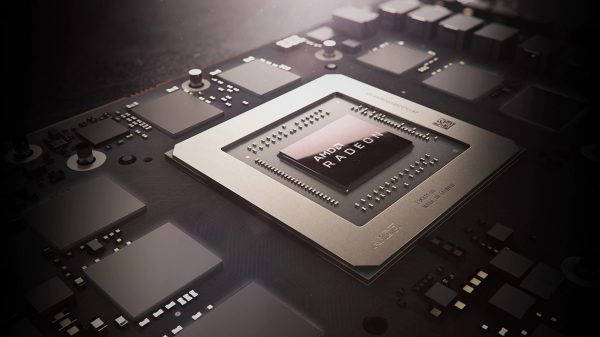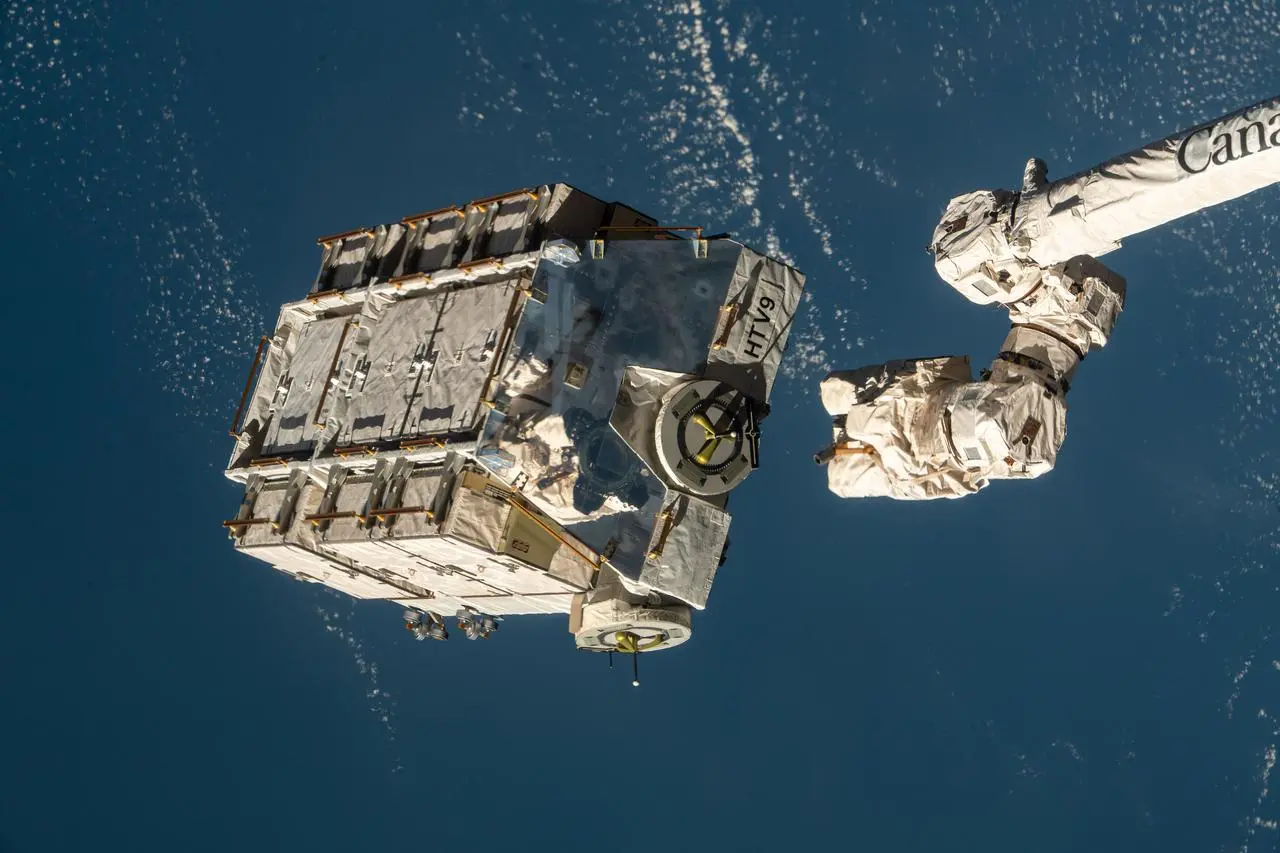Since the beginning of the year, there have been multiple instances of space junk from missions associated with the International Space Station surviving reentry and reaching Earth’s surface. Engineers, initially expecting such debris to burn up in the atmosphere, are now advocating for increased research into uncontrolled reentries.
The Aerospace Corporation emphasizes the growing volume of launches and predicts this trend will continue with the expansion of satellite constellations and heavier rocket deployments.
A pressing concern highlighted by these incidents is the necessity for a better understanding of the reentry process. Marlon Sorge from Aerospace’s Center for Orbital and Reentry Debris Studies underscores the need for readiness to handle new materials and operational methods arising from the evolving spaceflight landscape.

Concerns Mount Over Space Junk Surviving Reentry to Earth
Ideally, spacecraft at the end of their operational lives would undergo controlled reentries over remote ocean areas to minimize risks. However, logistical challenges and cost often make this approach impractical, especially for vehicles lacking de-orbiting capabilities.
Recent incidents include a battery fragment damaging a Florida home and chunks from a SpaceX Dragon spacecraft falling in North Carolina and Saskatchewan. These events underscore the unpredictable nature of reentry trajectories and the potential for space debris to impact terrestrial locations.
The materials used in modern spacecraft, such as composites, present new challenges. These materials react differently under extreme reentry conditions, complicating predictions about their survival. Greg Henning, from Aerospace’s debris section, notes the complexity introduced by material composition and structural configurations.
The Dragon spacecraft, for instance, sheds its unpressurized trunk before reentry, which later returns to Earth in an uncontrolled manner. SpaceX and NASA, surprised by the survivability of Dragon debris, are reassessing their debris modeling to enhance accuracy and safety measures.
While the risk of space debris causing harm on Earth remains low, the increasing volume of satellites and rockets launched into space amplifies the potential for incidents. As such, ongoing research and mitigation efforts are critical to managing this growing aspect of space exploration safely.









































